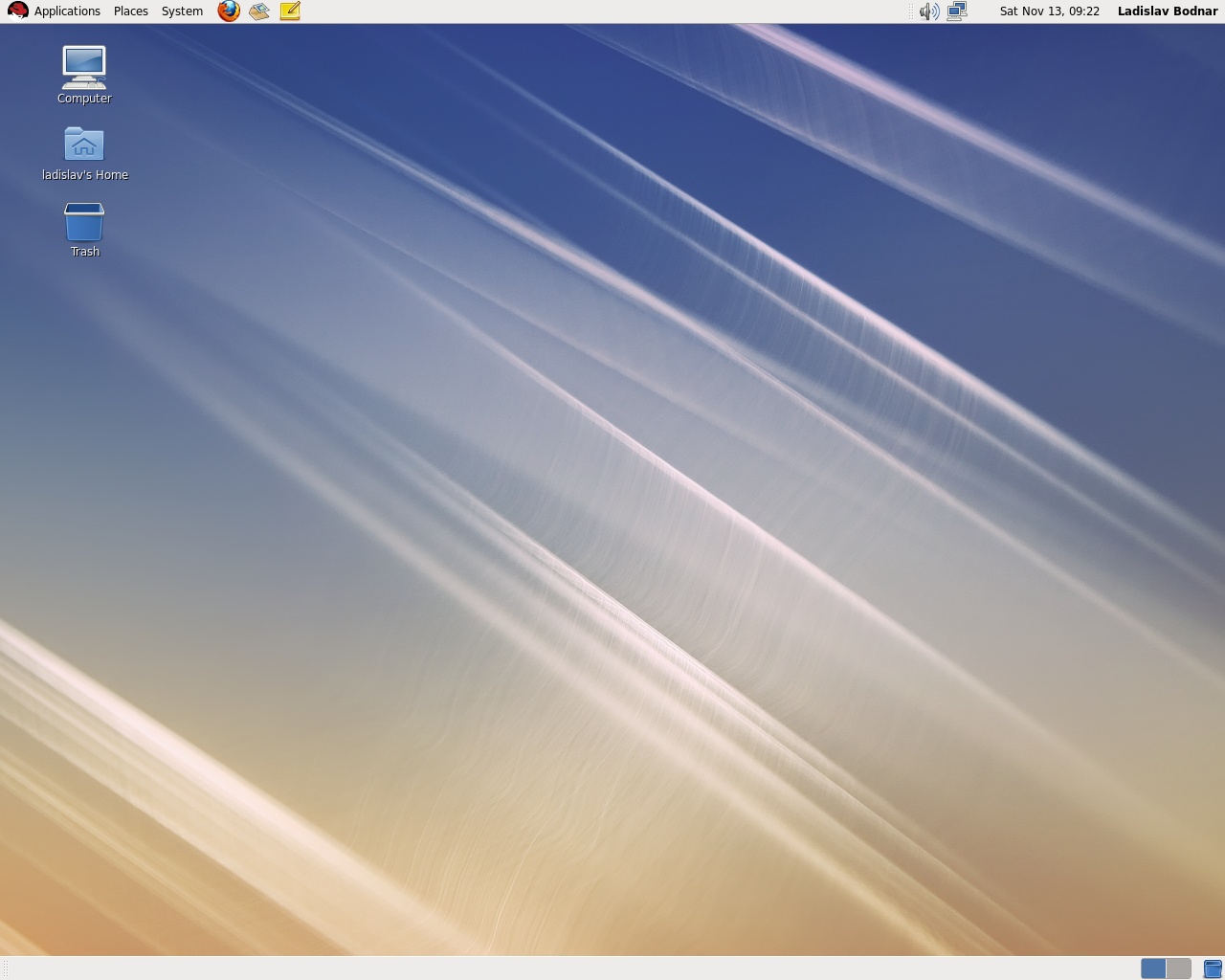
How you do this varies according to the system. During the reboot, stop the boot-up process and get to your PC's UEFI or BIOS settings.

Next, you place your disc or USB stick into your PC and reboot.

I've found this to be very handy and there's always at least one Linux stick in my laptop bag. This way you can carry Linux and use it as a walk-around operating system for hotel, conference, and library PCs. With this, you can store your programs and files on the stick.

You can set it up a USB stick with persistent storage. Over the years, I've had more problems with running Linux and installing Linux from DVDs from bad discs than all other causes combined. If you're using a DVD - Mint is too big to fit on a CD - check your newly burned disc for errors. Once you've installed the burner program and have the latest Linux Mint ISO file in hand, use the burner to put the ISO image to your disc or USB stick. I then use the are at the bottom of the unetbootin window to locate the iso on my pc, select the USB stick to write it to.select 4gb of persistence (so that after a reboot most/all the changes i have made will still be there).and away we go !))) I download the iso file separately.I don't use unetbootin to download it for me. Other good choices are LinuxLive USB Creator and UNetbootin. I recommend freeware programs ImgBurn for optical drives and Yumi for Windows for USB sticks. If you don't have an ISO burner program, download one.

If you have a 2012-or-newer PC, I recommend you download the 64-bit version of Mint with Cinnamon and multi-media support. Fortunately, unlike other operating systems, Linux distros like Mint make it easy to give them a test run before installing it.įirst you'll need to download a copy of Linux Mint, which comes with three different desktops: MATE, Xfce, and its default desktop, Cinnamon. How to install/try Linux Mint on your Windows PCįirst, you can - and should - try Linux Mint before switching to it.


 0 kommentar(er)
0 kommentar(er)
